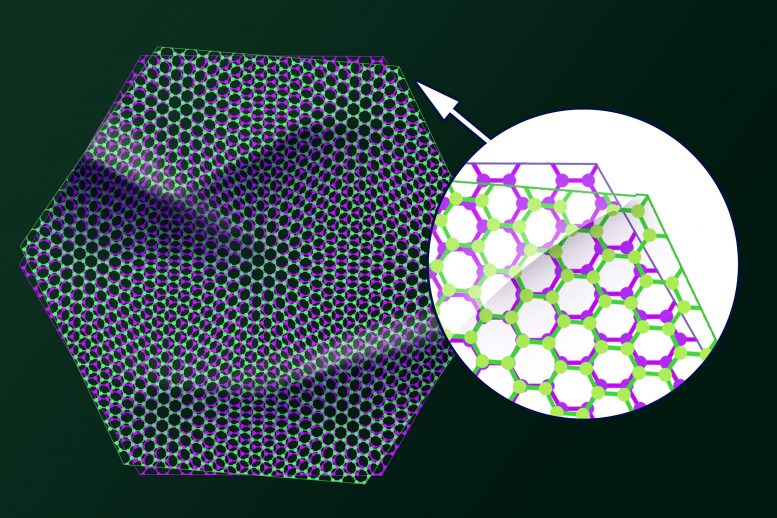
In this illustration, two sheets of graphene are stacked together at a slightly offset “magic” angle, which can become either an insulator or superconductor. “We placed one sheet of graphene on top of another, similar to placing plastic wrap on top of plastic wrap,” MIT professor Pablo Jarillo-Herrero says. “You would expect there would be wrinkles, and regions where the two sheets would be a bit twisted, some less twisted, just as we see in graphene.” Credit: José-Luis Olivares, MIT
Results could help designers engineer high-temperature superconductors and quantum computing devices.
Made of a single layer of carbon atoms linked in a hexagonal honeycomb pattern, graphene’s structure is simple and seemingly delicate. Since its discovery in 2004, scientists have found that graphene is in fact exceptionally strong. And although graphene is not a metal, it conducts electricity at ultrahigh speeds, better than most metals.
In 2018, MIT scientists led by Pablo Jarillo-Herrero and Yuan Cao discovered that when two sheets of graphene are stacked together at a slightly offset “magic” angle, the new “twisted” graphene structure can become either an insulator, completely blocking electricity from flowing through the material, or paradoxically, a superconductor, able to let electrons fly through without resistance. It was a monumental discovery that helped launch a new field known as “twistronics,” the study of electronic behavior in twisted graphene and other materials.
Now the MIT team reports their latest advancements in graphene twistronics, in two papers published this week in the journal Nature.
In the first study, the researchers, along with collaborators at the Weizmann Institute of Science, have imaged and mapped an entire twisted graphene structure for the first time, at a resolution fine enough that they are able to see very slight variations in local twist angle across the entire structure.
The results revealed regions within the structure where the angle between the graphene layers veered slightly away from the average offset of 1.1 degrees.
The team detected these variations at an ultrahigh angular resolution of 0.002 degrees. That’s equivalent to being able to see the angle of an apple against the horizon from a mile away.
They found that structures with a narrower range of angle variations had more pronounced exotic properties, such as insulation and superconductivity, versus structures with a wider range of twist angles.
“This is the first time an entire device has been mapped out to see what is the twist angle at a given region in the device,” says Jarillo-Herrero, the Cecil and Ida Green Professor of Physics at MIT. “And we see that you can have a little bit of variation and still show superconductivity and other exotic physics, but it can’t be too much. We now have characterized how much twist variation you can have, and what is the degradation effect of having too much.”
In the second study, the team report creating a new twisted graphene structure with not two, but four layers of graphene. They observed that the new four-layer magic-angle structure is more sensitive to certain electric and magnetic fields compared to its two-layer predecessor. This suggests that researchers may be able to more easily and controllably study the exotic properties of magic-angle graphene in four-layer systems.
“These two studies are aiming to better understand the puzzling physical behavior of magic-angle twistronics devices,” says Cao, a graduate student at MIT. “Once understood, physicists believe these devices could help design and engineer a new generation of high-temperature superconductors, topological devices for quantum information processing, and low-energy technologies.”
Like wrinkles in plastic wrap
Since Jarillo-Herrero and his group first discovered magic-angle graphene, others have jumped at the chance to observe and measure its properties. Several groups have imaged magic-angle structures, using scanning tunneling microscopy, or STM, a technique that scans a surface at the atomic level. However, researchers have only been able to scan small patches of magic-angle graphene, spanning at most a few hundred square nanometers, using this approach.
“Going over an entire micron-scale structure to look at millions of atoms is something that STM is not best suited for,” Jarillo-Herrero says. “In principle it could be done, but would take an enormous amount of time.”
So the group consulted with researchers at the Weizmann Institute for Science, who had developed a scanning technique they call “scanning nano-SQUID,” where SQUID stands for Superconducting Quantum Interference Device. Conventional SQUIDs resemble a small bisected ring, the two halves of which are made of superconducting material and joined together by two junctions. Fit around the tip of a device similar to an STM, a SQUID can measure a sample’s magnetic field flowing through the ring at a microscopic scale. The Weizmann Institute researchers scaled down the SQUID design to sense magnetic fields at the nanoscale.
When magic-angle graphene is placed in a small magnetic field, it generates persistent currents across the structure, due to the formation of what are known as “Landau levels.” These Landau levels, and hence the persistent currents, are very sensitive to the local twist angle, for instance, resulting in a magnetic field with a different magnitude, depending on the precise value of the local twist angle. In this way, the nano-SQUID technique can detect regions with tiny offsets from 1.1 degrees.
“It turned out to be an amazing technique that can pick up miniscule angle variations of 0.002 degrees away from 1.1 degrees,” Jarillo-Herrero says. “This was very good for mapping magic-angle graphene.”
The group used the technique to map two magic-angle structures: one with a narrow range of twist variations, and another with a broader range.
“We placed one sheet of graphene on top of another, similar to placing plastic wrap on top of plastic wrap,” Jarillo-Herrero says. “You would expect there would be wrinkles, and regions where the two sheets would be a bit twisted, some less twisted, just as we see in graphene.”
They found that the structure with a narrower range of twist variations had more pronounced properties of exotic physics, such as superconductivity, compared with the structure with more twist variations.
“Now that we can directly see these local twist variations, it might be interesting to study how to engineer variations in twist angles to achieve different quantum phases in a device,” Cao says.
Tunable physics
Over the past two years, researchers have experimented with different configurations of graphene and other materials to see whether twisting them at certain angles would bring out exotic physical behavior. Jarillo-Herrero’s group wondered whether the fascinating physics of magic-angle graphene would hold up if they expanded the structure, to offset not two, but four graphene layers.
Since graphene’s discovery nearly 15 years ago, a huge amount of information has been revealed about its properties, not just as a single sheet, but also stacked and aligned in multiple layers — a configuration that is similar to what you find in graphite, or pencil lead.
“Bilayer graphene — two layers at a 0-degree angle from each other — is a system whose properties we understand well,” Jarillo-Herrero says. “Theoretical calculations have shown that in a bilayer-on-top-of-bilayer structure, the range of angles over which interesting physics would happen is larger. So this type of structure might be more forgiving in terms of making devices.”
Partly inspired by this theoretical possibility, the researchers fabricated a new magic-angle structure, offsetting one graphene bilayer with another bilayer by 1.1 degrees. They then connected the new “double-layer” twisted structure to a battery, applied a voltage, and measured the current that flowed through the device as they placed the structure under various conditions, such as a magnetic field, and a perpendicular electric field.
Just like magic-angle structures made from two layers of graphene, the new four-layered structure showed an exotic insulating behavior. But uniquely, the researchers were able to tune this insulating property up and down with an electric field — something that’s not possible with two-layered magic-angle graphene.
“This system is highly tunable, meaning we have a lot of control, which will allow us to study things we cannot understand with monolayer magic-angle graphene,” Cao says.
“It’s still very early in the field,” Jarillo-Herrero says. “For the moment, the physics community is still fascinated just by the phenomena of it. People fantasize about what type of devices we could make but realize it’s still too early and we have so much yet to learn about these systems.”
This research was funded, in part, by the U.S. Department of Energy, the National Science Foundation, the Gordon and Betty Moore Foundation, and the Sagol Weizmann-MIT Bridge Program.
References:
“Mapping the twist-angle disorder and Landau levels in magic-angle graphene” by A. Uri, S. Grover, Y. Cao, J. A. Crosse, K. Bagani, D. Rodan-Legrain, Y. Myasoedov, K. Watanabe, T. Taniguchi, P. Moon, M. Koshino, P. Jarillo-Herrero and E. Zeldov, 6 May 2020, Nature.
DOI: 10.1038/s41586-020-2255-3
“Tunable correlated states and spin-polarized phases in twisted bilayer–bilayer graphene” by Yuan Cao, Daniel Rodan-Legrain, Oriol Rubies-Bigorda, Jeong Min Park, Kenji Watanabe, Takashi Taniguchi and Pablo Jarillo-Herrero, 6 May 2020, Nature.
DOI: 10.1038/s41586-020-2260-6

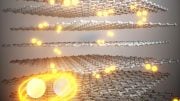
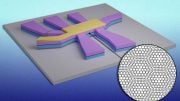
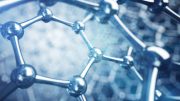
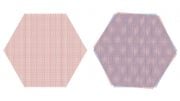
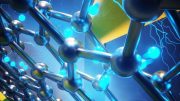
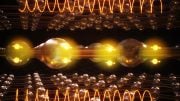
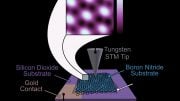
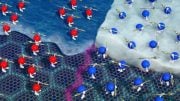
they have already discovered this magic angle a few years ago in china
Holycrap Batman!!! What will Cat Woman do with this??!
Any proof or references to back that uo
This idea can be used for Meta Surfaces.
Stealth